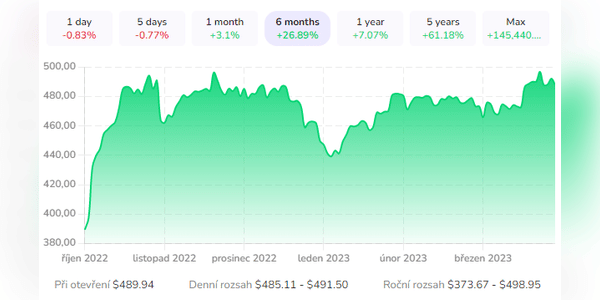The defense industry is a favorite target of many investors who are aware of its growth and defensive qualities. Lockheed Martin is and always has been one of the most popular representatives of this sector. But is now a good time to buy it?

Basic overview
Lockheed Martin $LMT is an American multinational corporation operating in the defense and weapons industry. It is one of the largest arms companies in the world.
Lockheed Martin was founded in 1995 by the merger of two major arms companies, Lockheed Corporation and Martin Marietta. The company is headquartered in Bethesda, Maryland.

Lockheed Martin specializes in the development, manufacture, integration and support of services, systems and products in aerospace, defense, security, civil aviation and environmental applications. Their major products include:
F-35 Lightning II fighter-bombers - the most advanced 5th generation fighter for the USAF, USN and others. Tomahawk, Harpoon and JASSM missiles.…